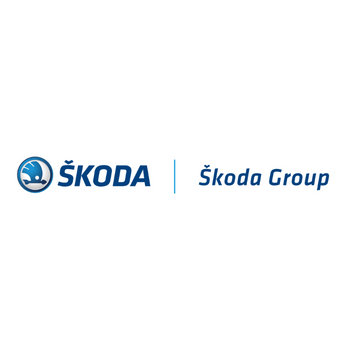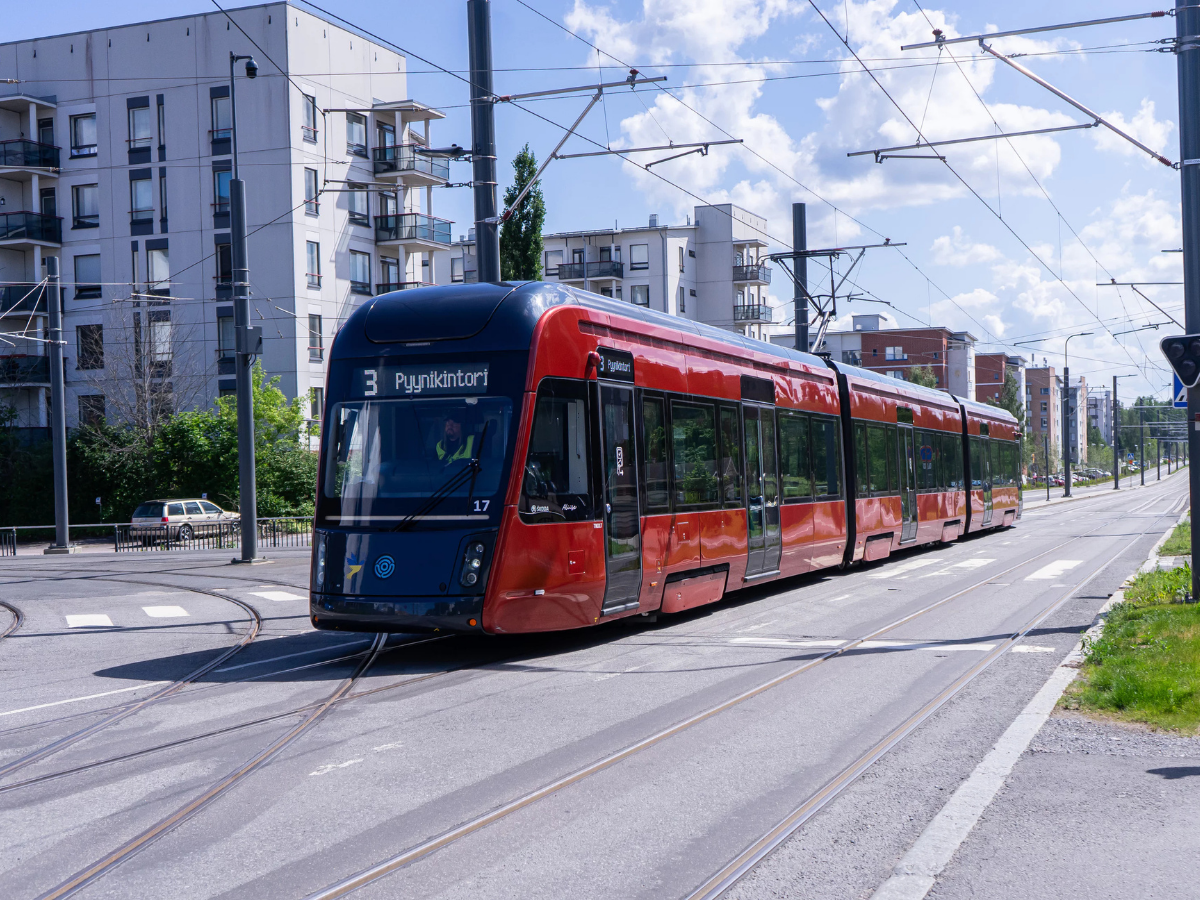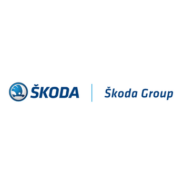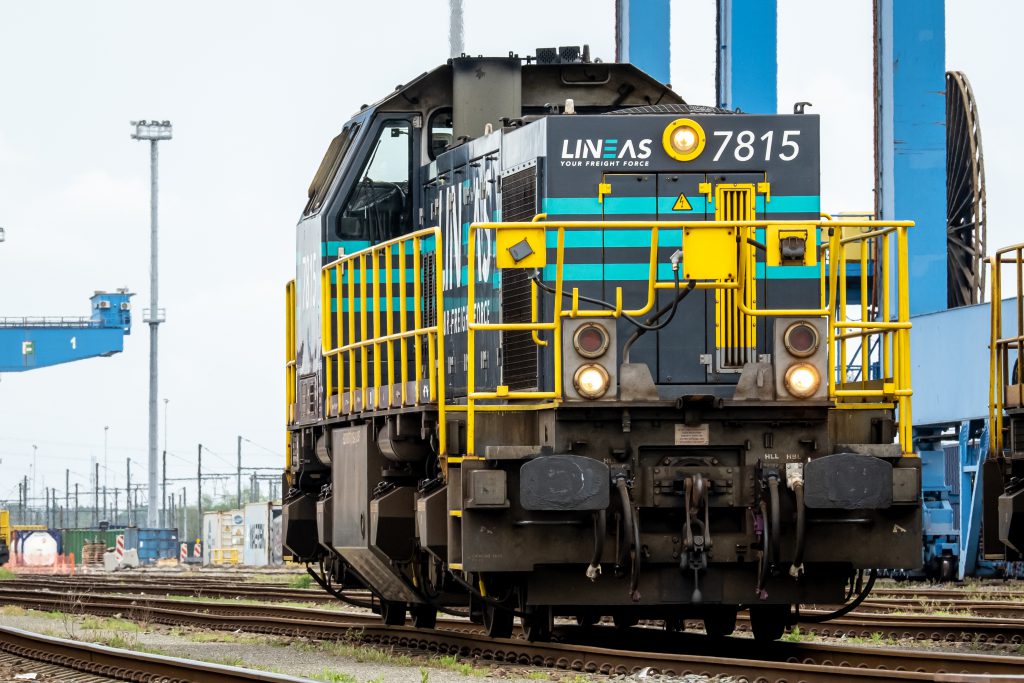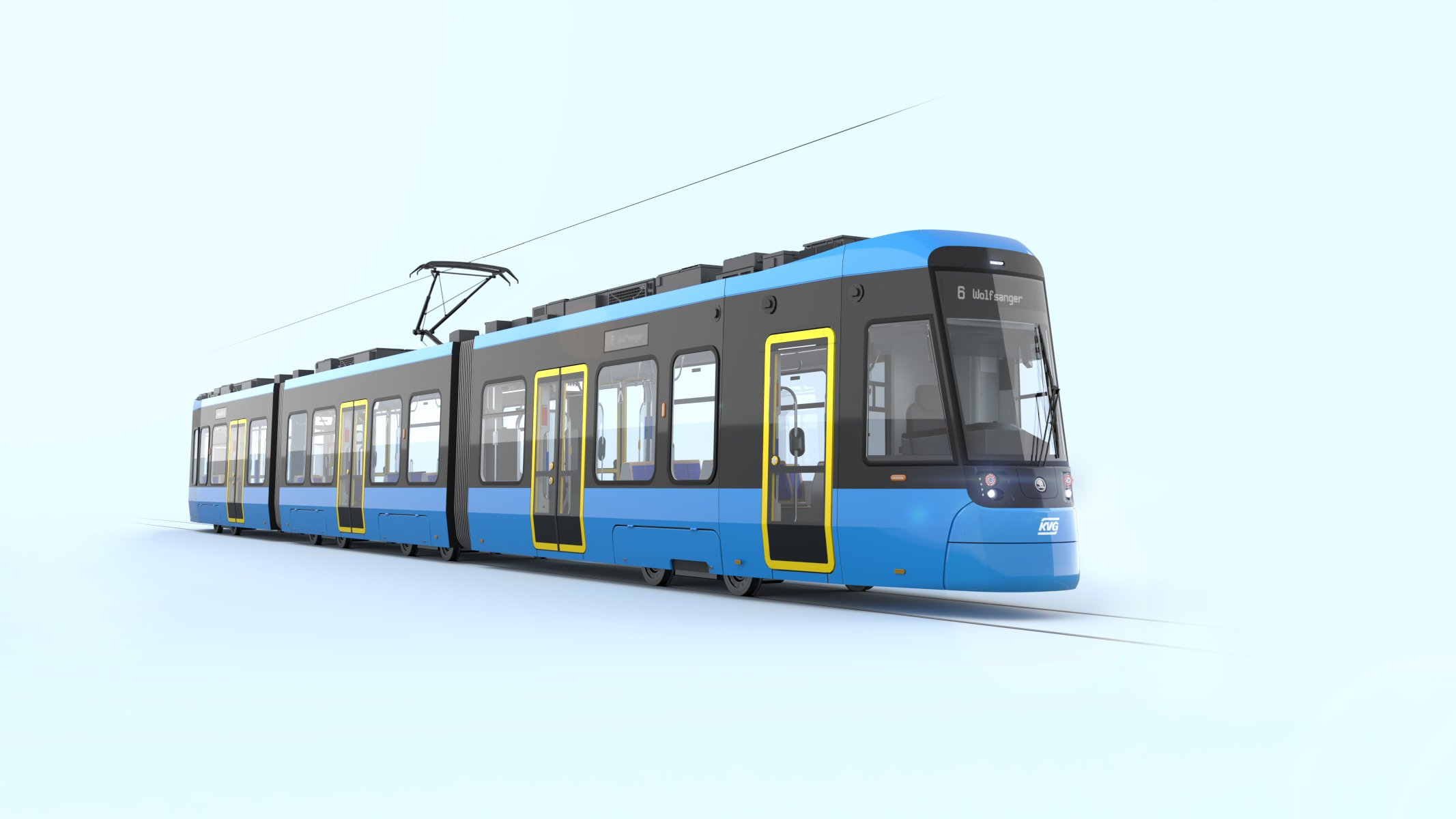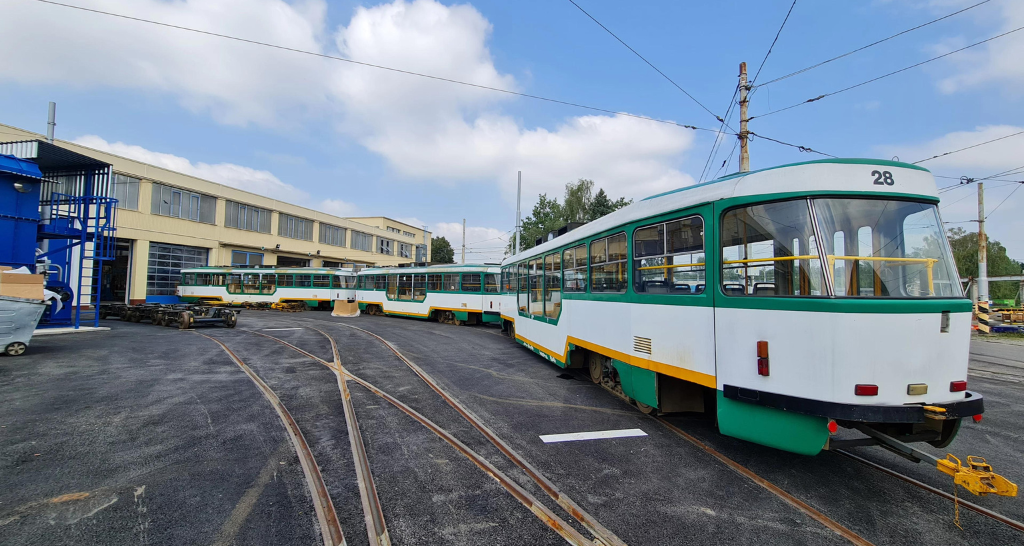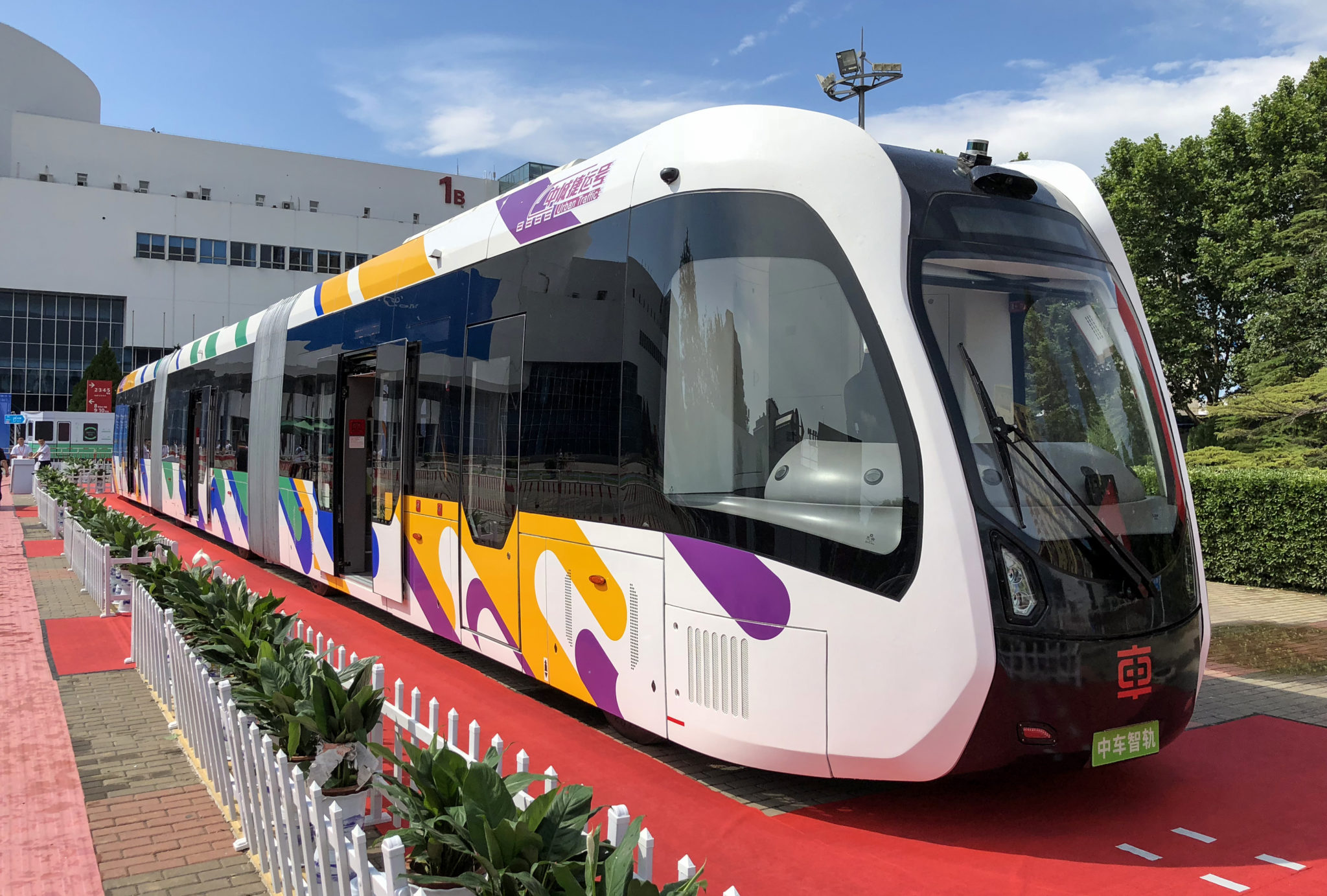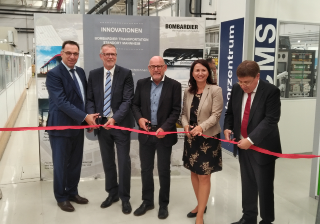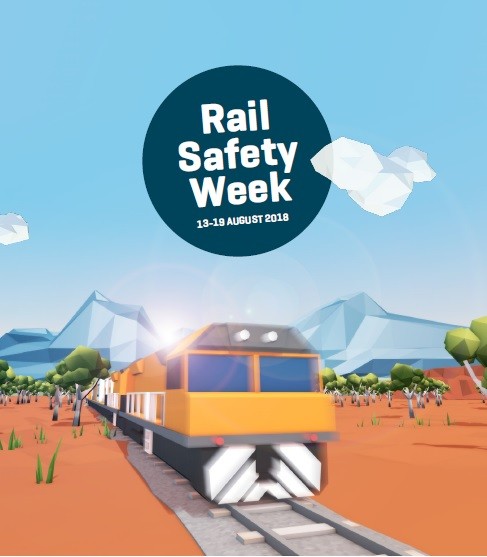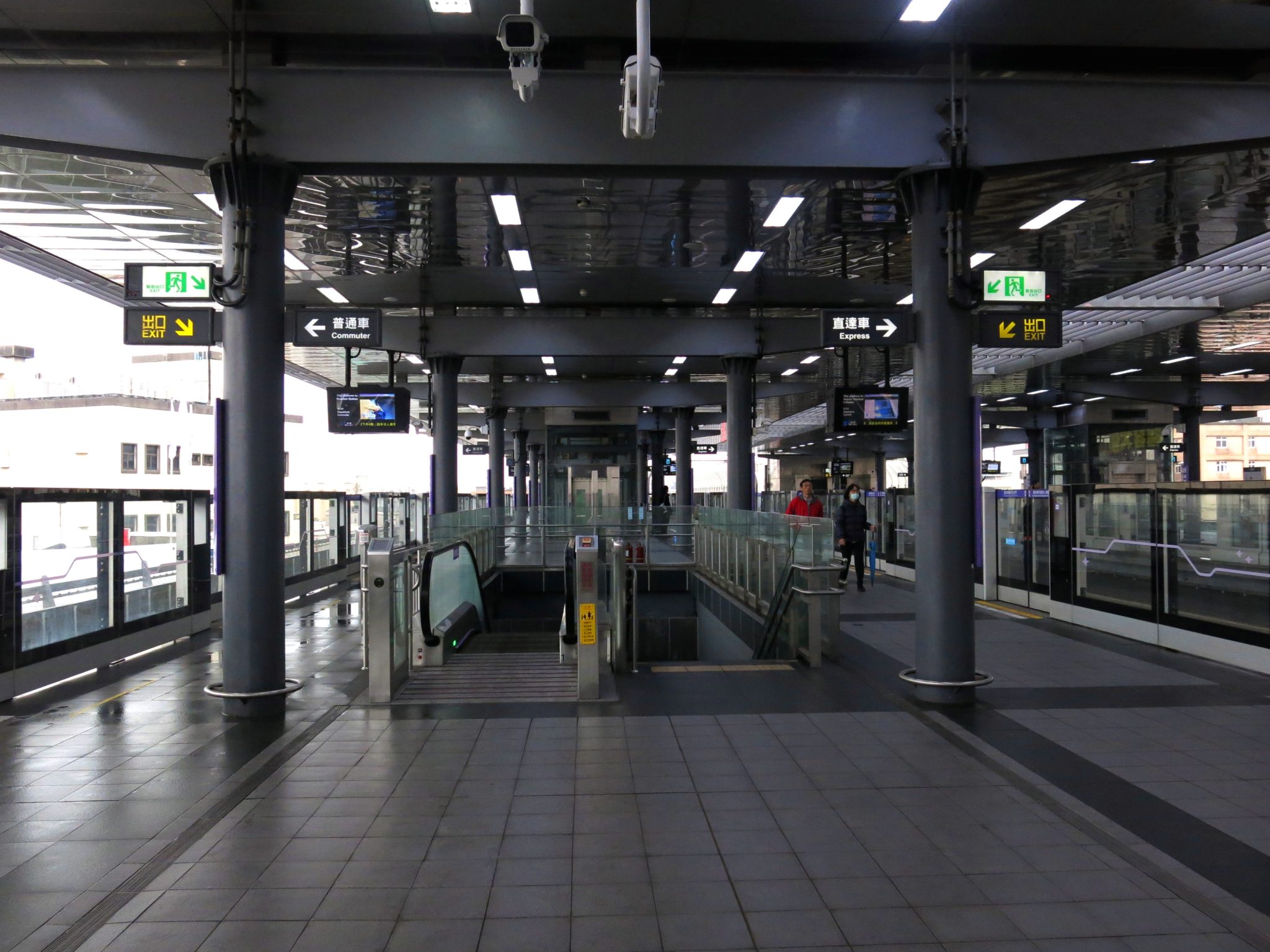From Assistance Systems to Autonomous Trams – Škoda Group Presents Its Own Anti-Collision System
The future of mobility is vehicles moving without drivers at short intervals in succession. However, such vehicles must contain a few components that ensure safety of passengers and other road users.
An important step in the development of autonomous vehicles are so-called anti-collision systems, which can observe their surroundings and identify obstacles using several components. Škoda Group presented its new system at the InnoTrans trade fair in Berlin.

Anti-collision systems are already in demand from transport operators. They are increasingly interested in improving passenger safety and are also looking for ways to reduce damage to their vehicles at depots and turnpikes. Škoda Group’s development centre has embarked on the development of its own anti-collision system to offer transport companies a workable solution.
Michal Mrázek, Software Engineer of autonomous technologies at Škoda Group, said:Our anti-collision system has not only completed the first phase of development but has already undergone six months of testing on trams in Tampere, where we are obtaining hugely valuable data directly from traffic. Compared to competing products, our product has the advantage that the entire track in the city is mapped in detail, making the whole system much more accurate and efficient.
In addition, the anti-collision system can only be upgraded with new functionalities through software updates and the sensor sets will not need to be changed, at most to add new elements. This will bring significant financial savings to transport operators.
How Does the System Work?
Škoda Group’s new anti-collision system creates a virtual tunnel in front of the tram in which it detects all static and dynamic obstacles and, if it detects one, alerts the driver and activates the emergency brake. The entire environment is monitored by a sensor suite that includes LiDAR, an IMU unit and a camera. The LiDAR is responsible for 3D mapping of the environment within a range of 100 -150 m, in both horizontal and vertical field of view. The IMU unit sends vehicle tilt information to the system and therefore helps ensure that the output of the anti-collision system sensors is aligned to the track profile and thus helps to accurately locate the tram on the track. The camera provides high resolution 2D images to capture more details.

The anti-collision system can be supplemented with other features to tailor it to the requirements of individual customers. One possibility is, for example, to adapt the driver alarm so that its sound depends on the severity of the impending collision, etc.
Škoda Group plans to launch the anti-collision system in 2023, but that is not the end of its story. Škoda is currently working with other companies within the PPF Group on the development of the first autonomous tram, which is expected to begin trial operation in a few years on the closed circuit in Pilsen. The development of the anti-collision system will thus continue towards the realisation of the tram of the future.
This article was originally published by Škoda Group.

